Easy Homemade Cashew-Oat Yogurt

This is a recipe that we’ve been excited to share for a while! The number of plant-based yogurt options has been growing like crazy on health food store shelves, which is amazing, and I always love seeing how companies innovate in this field. Still, I rarely buy yogurt. There are a few things tha
Ingredients
Instructions
-
1Drain and rinse the cashews. Combine them with the soaked oats (the oats should absorb the water by now, so no need to drain) and water in an upright, high-speed blender and blend until smooth.
-
2Pour into a glass container, leaving some room at the top for the yogurt to expand. Open the probiotic capsules and pour the powder into the yogurt mixture. Stir with a wooden (or any non-metal) spoon to incorporate thoroughly. Cover the container with a piece of cheesecloth or breathable fabric, fixing it in place with a rubber band (or I use my nut milk bags here) and let culture in a dark place (no direct sunlight), at room temperature for 24 hours.
-
3Taste the yogurt. If it tastes good and yogurt-like enough to you, it's ready. If not, leave it to culture more, for up to 48 hours total. The timing will depend on the temperature in your house and the probiotic you use. Once ready, keep refrigerated in an air-tight container.
This is a recipe that we’ve been excited to share for a while! The number of plant-based yogurt options has been growing like crazy on health food store shelves, which is amazing, and I always love seeing how companies innovate in this field. Still, I rarely buy yogurt. There are a few things that I find less than ideal about it: the single-use (mostly plastic) packaging, the presence of weird ingredients or additives (gums, etc.), and/or the price, which can often be quite steep. Knowing that I can easily make really good vegan yogurt at home is another huge reason.
This recipe takes care of a few common problems that I’ve personally noticed when it comes to homemade, plant-based yogurt making: it’s not at all finicky (unlike coconut yogurt), and it’s not overly bland (looking at you, 100% cashew yogurt).
Coconut yogurt is notoriously tricky to make at home. The ingredients couldn’t be simpler (just coconut milk + probiotic), but achieving the right texture is not easy. It’s common for coconut yogurt to refuse to thicken and remain the texture of milk, albeit a probiotic one. This is when you start getting into the nuances of which brand coconut milk works and which doesn’t, and what probiotic capsules to use. Not very universal. There are some incredible coconut yogurt brands out on the market (like Anita’s and Coconut Cult), but they are very expensive, hard to find, and honestly so incredibly rich that I can only handle one spoonful at a time.
On the other hand, perfectly creamy cashew yogurt is very easy to make at home, but I find it to be pretty bland. It can also end up being fairly pricey to put together, since you are only using cashews, water, and probiotic, and you need quite a bit of cashews to bulk it up.
Enter this cashew-oat yogurt recipe! It’s foolproof in my experience, always comes out luxuriously creamy, and has an interesting yogurt-y savoriness from the addition of oats. You don’t have to use as many cashews, which cuts down on price, and it seems to work with many probiotic brands. Here are a few more things to expect from this yogurt:
- This yogurt does not taste like dairy yogurt, but it does have a satisfyingly creamy, fatty body, which goes well with fresh fruit, much like regular yogurt.
- The texture of this yogurt is unique. It’s not fluffy like well-made coconut yogurt and not pudding-like, like store-bought yogurt that contains gums. It’s thick but pourable.
- The flavor is unique, too. The cashews contribute fattiness and richness. The oats, once fermented with a probiotic, acquire a pleasantly sour, almost cheesy/yogurt-y type of flavor that I personally find delicious.
We hope you’ll give it a try :)
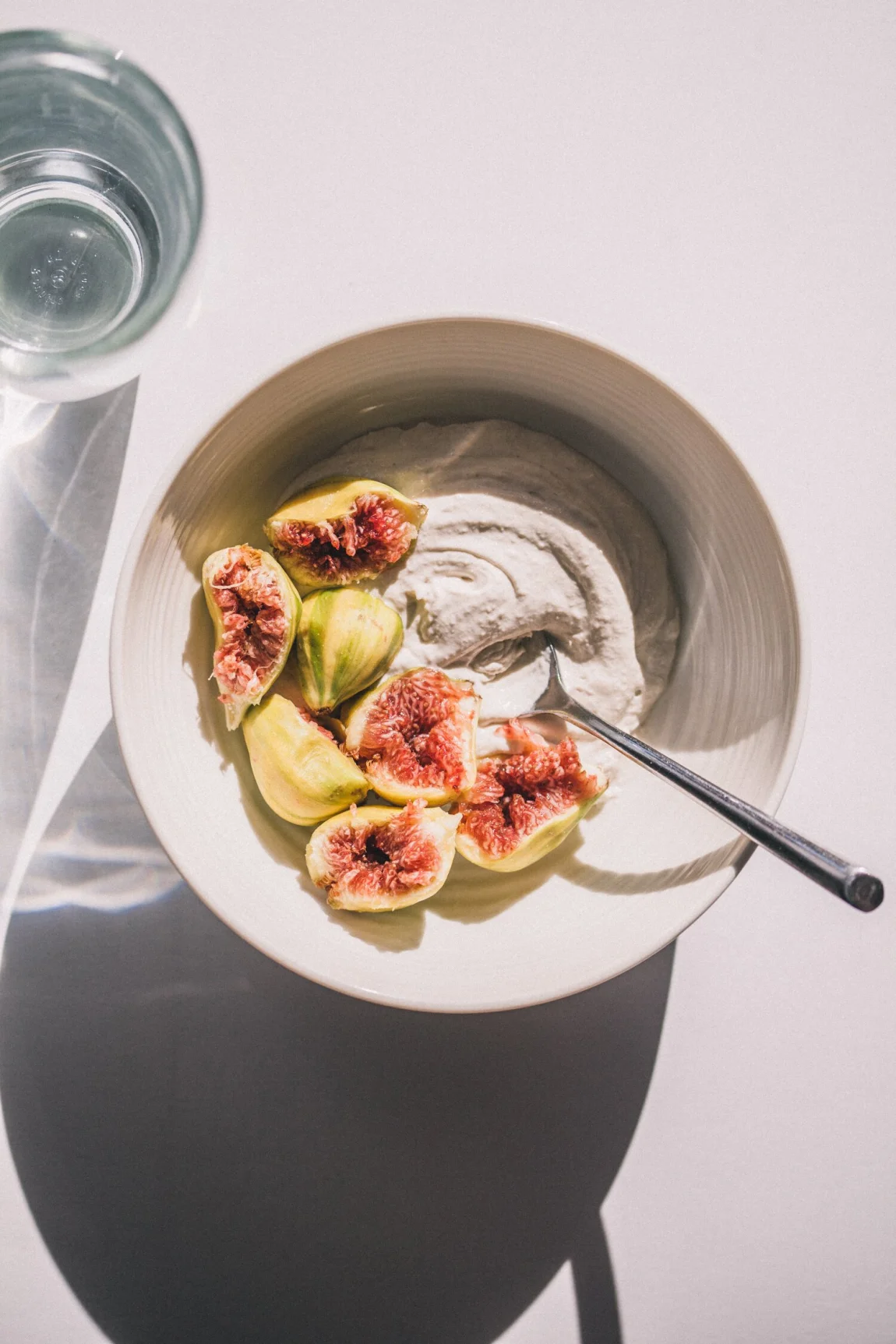
- 1 cup raw cashews or cashew pieces - soaked in purified water for 4 hours or overnight
- ⅓ cup gluten-free, old-fashioned rolled oats - soaked in ½ cup purified water overnight
- ¾ cup purified water
- 2 probiotic capsules (I use this one)
- Drain and rinse the cashews. Combine them with the soaked oats (the oats should absorb the water by now, so no need to drain) and water in an upright, high-speed blender and blend until smooth.
- Pour into a glass container, leaving some room at the top for the yogurt to expand. Open the probiotic capsules and pour the powder into the yogurt mixture. Stir with a wooden (or any non-metal) spoon to incorporate thoroughly. Cover the container with a piece of cheesecloth or breathable fabric, fixing it in place with a rubber band (or I use my nut milk bags here) and let culture in a dark place (no direct sunlight), at room temperature for 24 hours.
- Taste the yogurt. If it tastes good and yogurt-like enough to you, it's ready. If not, leave it to culture more, for up to 48 hours total. The timing will depend on the temperature in your house and the probiotic you use. Once ready, keep refrigerated in an air-tight container.
Recipe Gallery
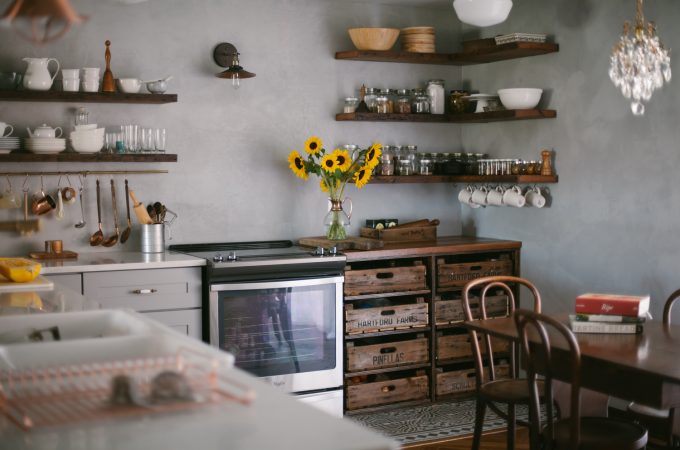

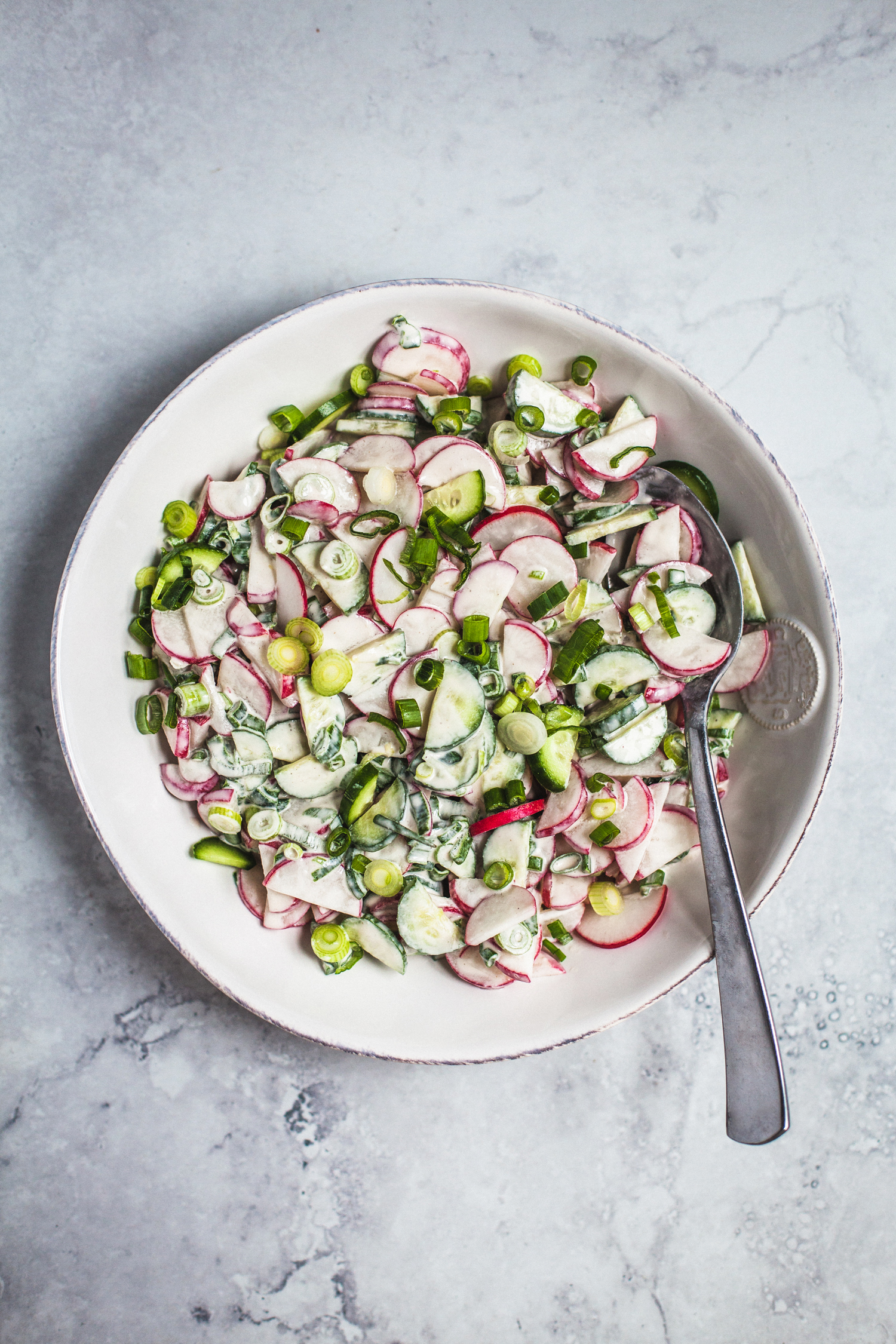
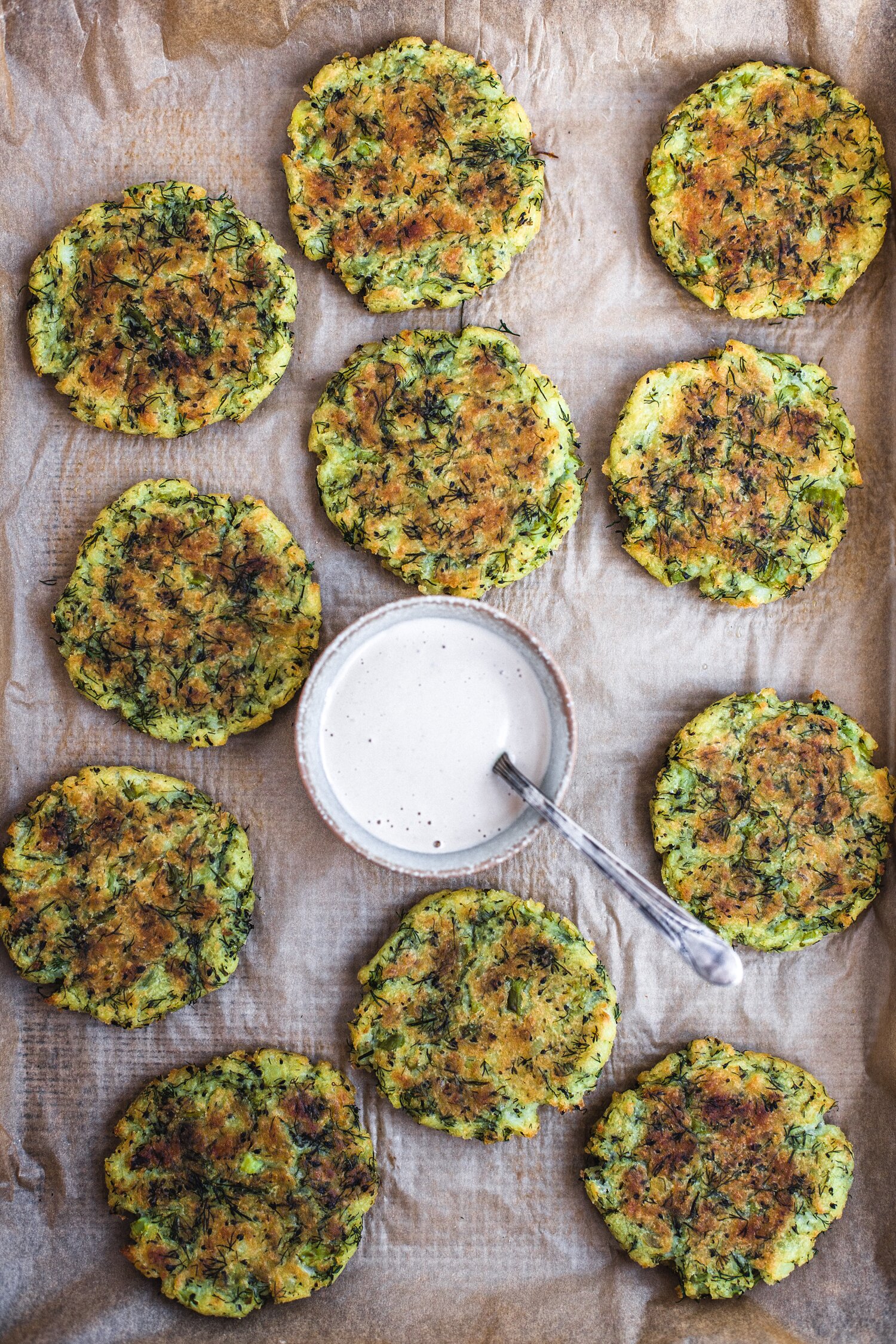
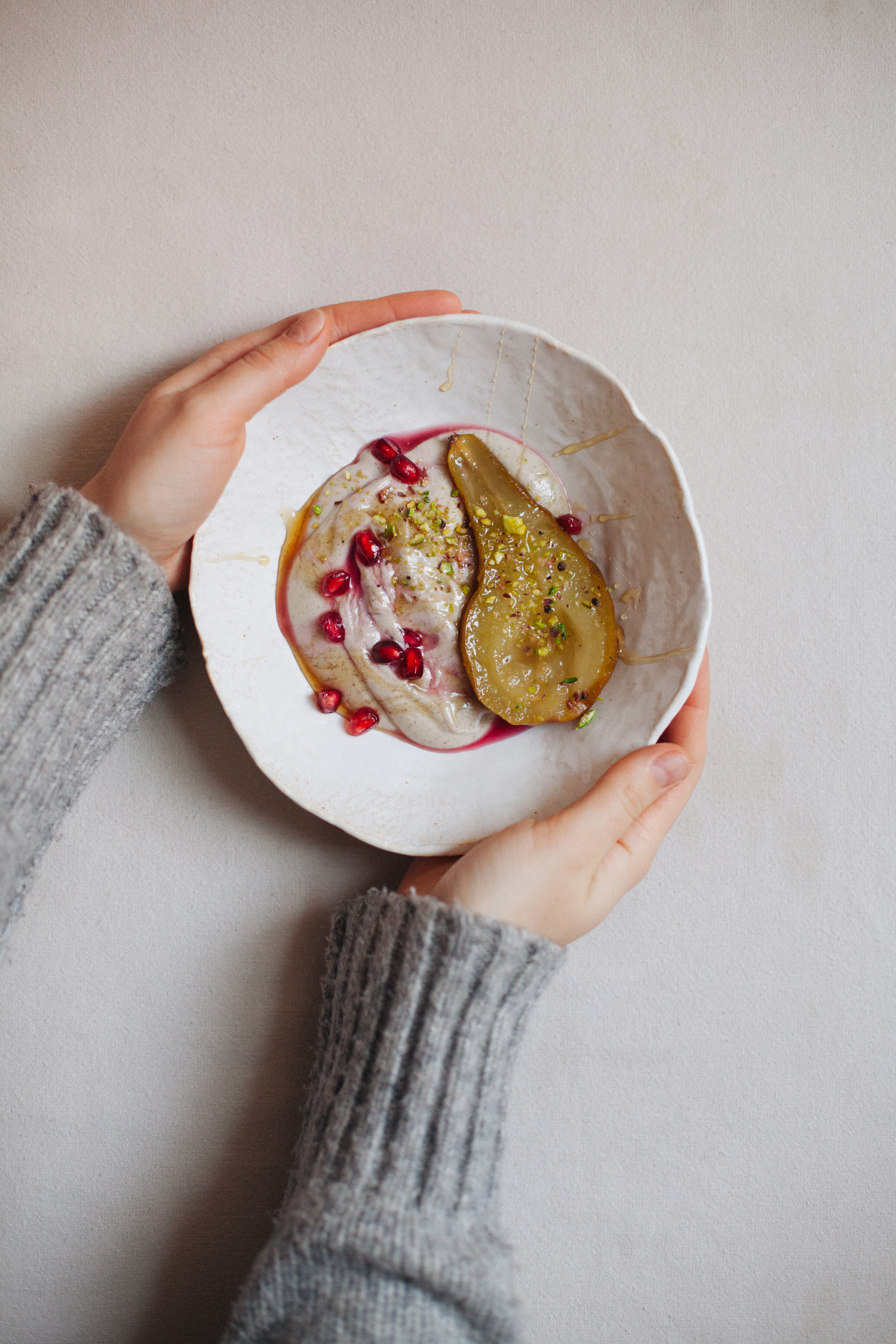
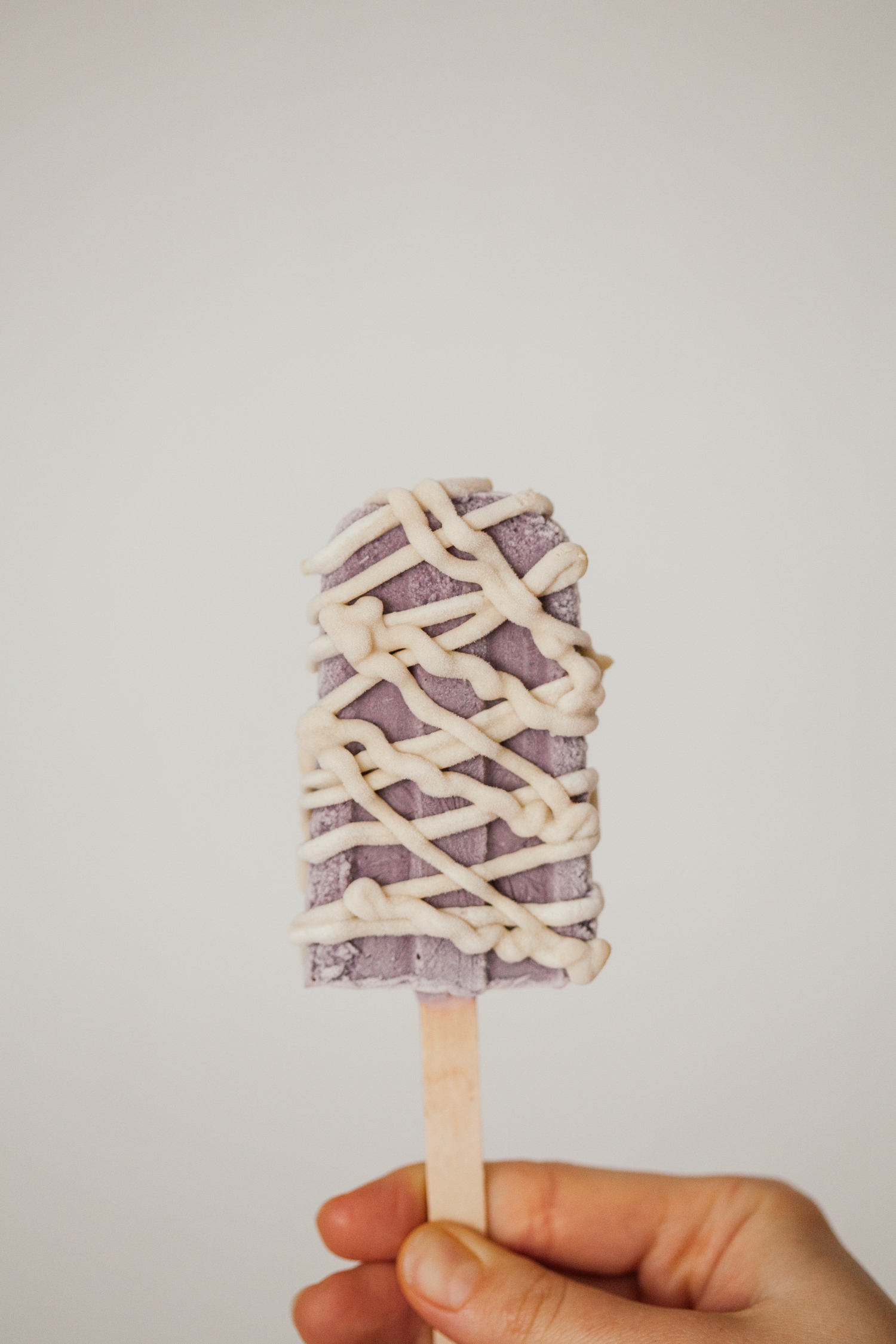
Reader Comments (20)
See what other home cooks are saying about this recipe